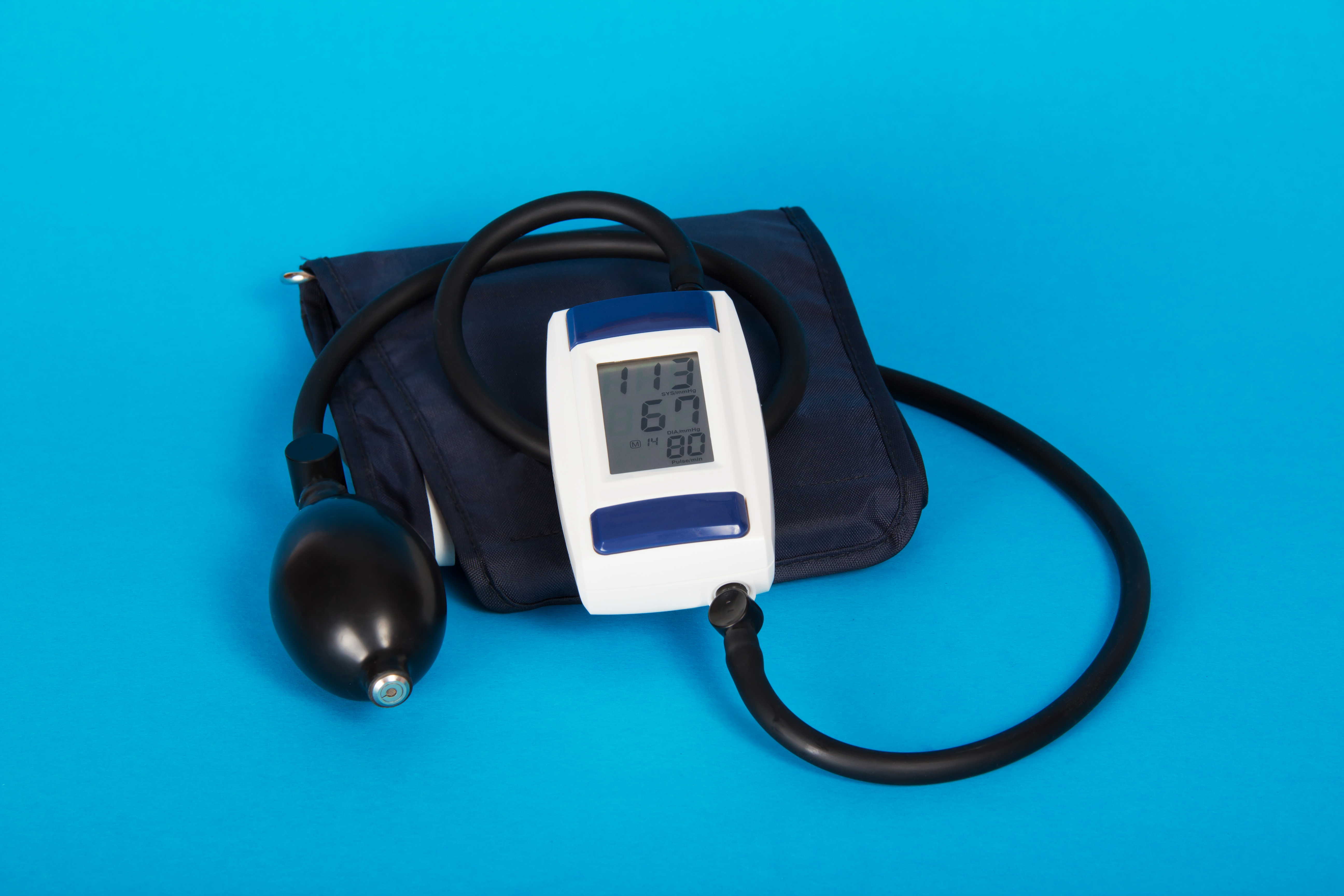Production and design issues happen, but if a medical device isn’t functioning properly or users file a complaint, the manufacturer will want to ensure the same mistake isn’t made twice. A corrective and preventative action (CAPA) system can help medical device manufacturers proactively identify trends, bring attention to what the quality lapse was and help determine a path to remedy the problem. A CAPA system can also prompt the transfer of lessons learned between product families, manufacturing locations, partners and suppliers.
Medical device manufacturers face many unique industry challenges, including a high level of regulatory scrutiny and the need to manage strategic partnerships across a complex and often global supply chain. Therefore, implementing a CAPA system isn’t a suggestion – rather, the FDA has mandated that all medical device manufacturers must have a CAPA system in place per the Quality System Requirements. Making CAPA a requirement helps the FDA ensure that medical device manufacturers have proper quality controls in place to ensure devices that go to market are as safe as possible – meaning no mistake was made during the manufacturing process.
To prove medical device manufacturers are meeting the requirement to have a CAPA system in place, the FDA schedules regular audits to confirm that not only are certain quality controls in place, but those working at the manufacturing plant know exactly how to use them. In order to better prepare for such audits, it’s recommended that medical device manufacturers conduct their own internal audits regularly.
The internal audit procedure is an independent examination conducted by an internal audit group that provides analysis of business structure, employee behavior and information systems designed to add value and improve an organization’s operations. They are important components of a company’s risk management, as they help companies identify issues before they become substantial problems. An internal audit checklist can also be used to determine whether or not the subject of the audit is operating in compliance with governing source documentation such as corporate directives, federal and state environmental protection laws, etc.
CAPA and internal audits can be a medical device manufacturer’s best defense against poor quality in that they help expose holes in processes well before they are found by regulators or even their customers (if executed properly). Additionally, a successful internal audit can help provide confidence in the effectiveness of management systems being used, which results in a higher percentage of quality products that conform to consumer needs, industry regulations and set specifications.
From an operational perspective, internal audits help highlight opportunities for improvements in the medical device itself (including flagging non-conforming materials) or processes used to manufacture said device. An internal audit can also help uncover non-value added activities, allowing a company to focus on streamlining operations to rationalize workflow, resources and realize strategic cost savings.
According to an FDA Medical Device Recall Report,1 between 2003 and 2012, non-conforming materials were the root cause of more than 40 percent of all medical device recalls in the past five years. Many of these instances stem from external suppliers and partners within a supply chain (see: Winning the War Against Conflict Minerals). Determining exactly where a non-conforming material came from can be no easy feat, but a decision tree could help. A decision tree is a tool that uses a tree-like representation to show decisions and possible results and can be a powerful tool in finding the root cause of a problem in a structured and objective way. A decision tree can also be effective when used in conjunction with other investigations (such as CAPA or internal audits).
Once an issue has been brought to light – be it from an FDA audit, internal audit or user complaint – it’s essential that the information be validated to confirm that the analysis is acceptable and makes sense in regard to the problem at hand. This allows the manufacturer to eliminate the root cause and guarantee the issue won’t happen again. In the medical device manufacturing world, where human lives are at risk, there is no, “make a mistake once, shame on me; make the same mistake twice, shame on you.” Therefore, these manufacturers should embrace CAPA systems and internal audits as their best and most trusted assets in promoting quality, safety and reliability.














